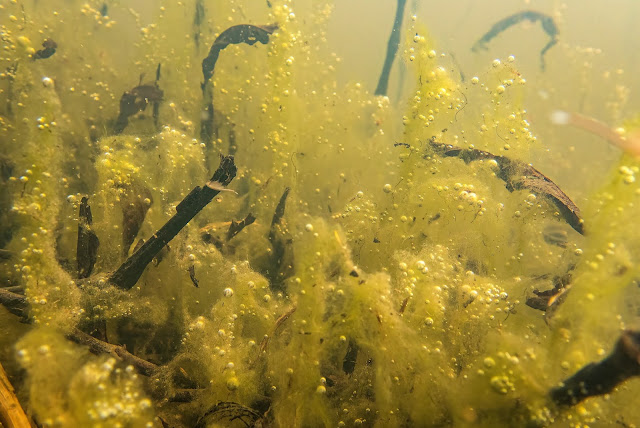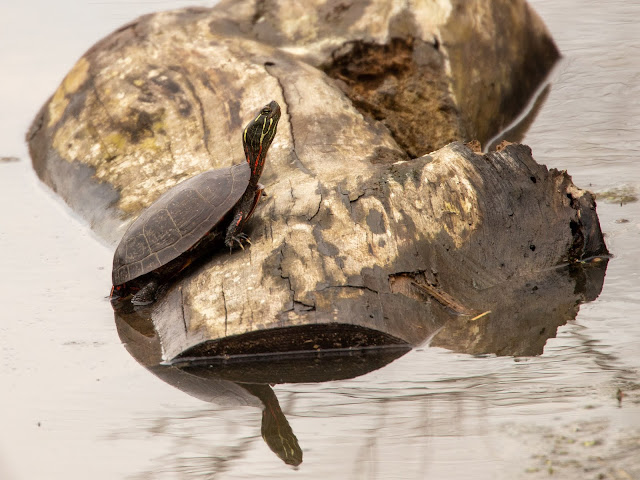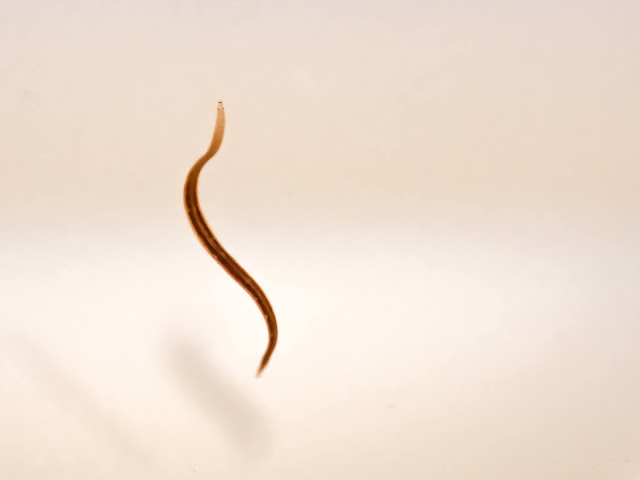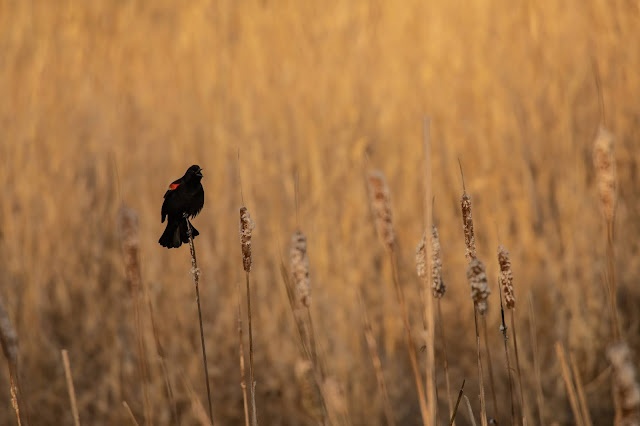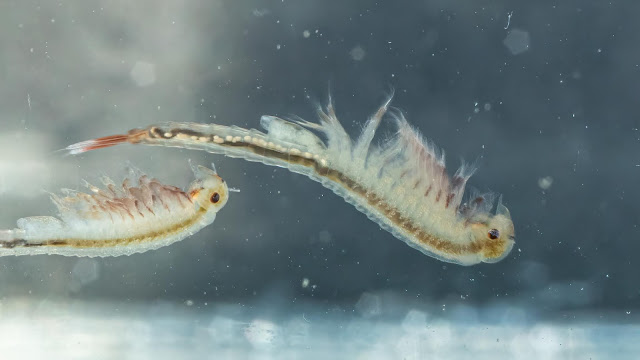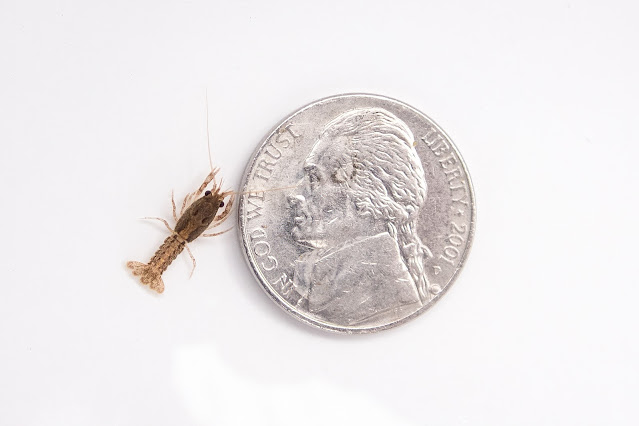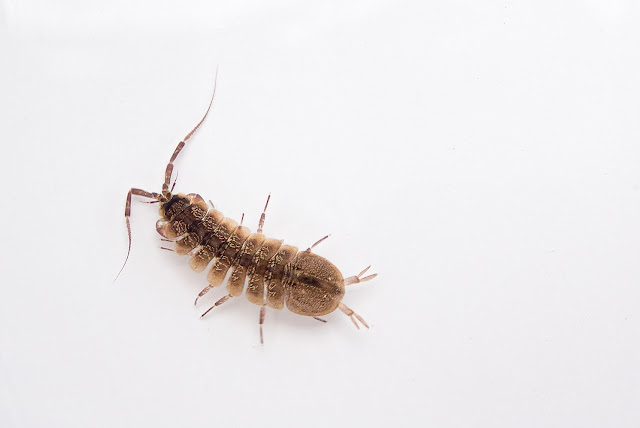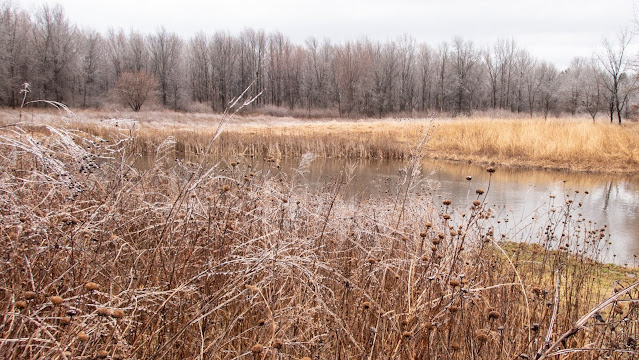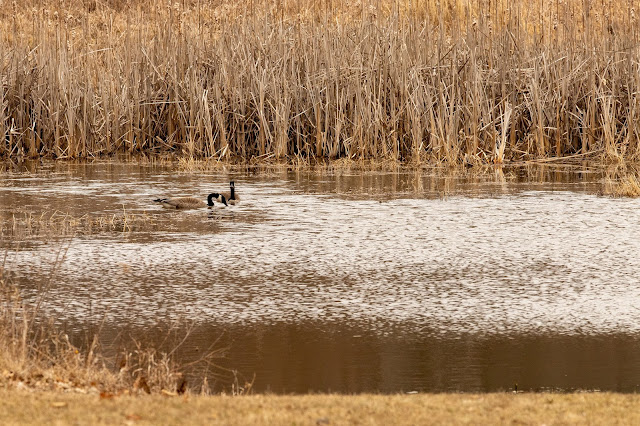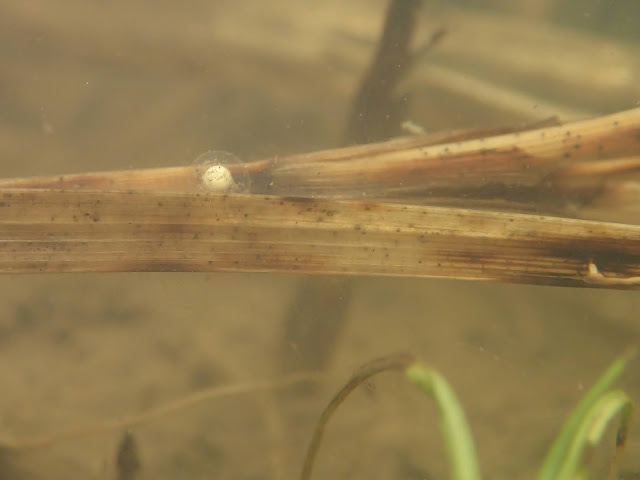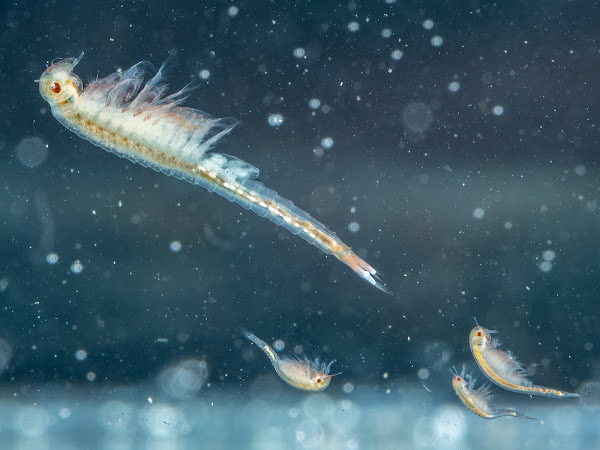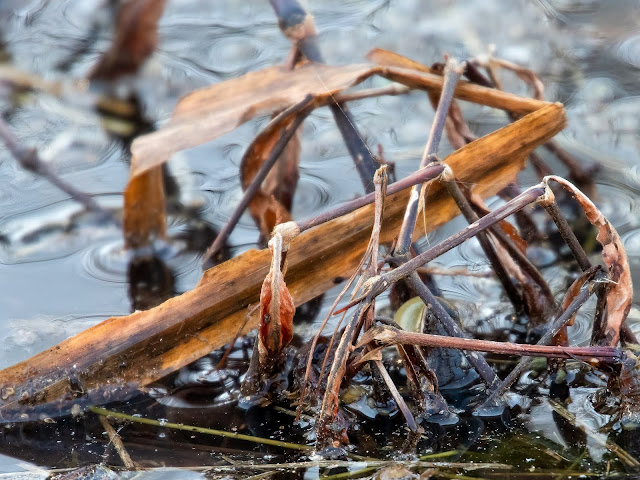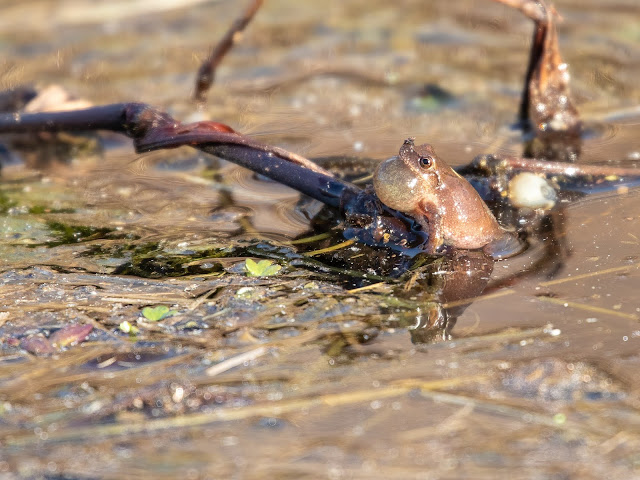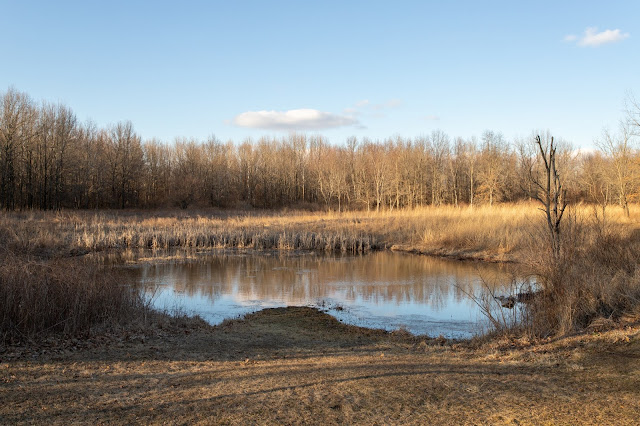Enter the Dragon(fly)
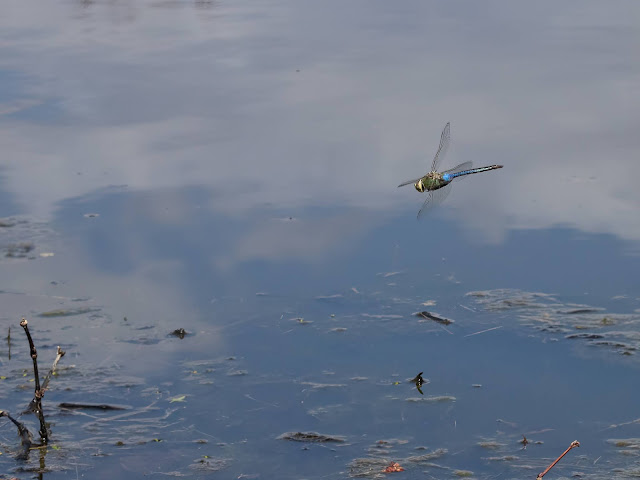
Male Common Green Darner Patrolling the Pond Edge The first dragonflies we normally see each year are the common green darners (Anax junius) pictured here. This is because the common green darner is one of several known migratory dragonfly species and these early season arrivals have flown north from somewhere down south long before any of the local dragonfly populations have emerged from overwintering as naiads or eggs (we'll get into "naiads" in a future post). This year I saw the first common green darners at the wetland last Monday (3/22). So far I have only seen males, as pictured. As with the frogs, the males have a vested interest in arriving early and staking out their territories so that they are ready to "welcome" any females that show up. In the case of the common green darners they patrol the edges of the pond checking likely spots that a female may choose for egg laying in hopes of finding a mate. I have not yet seen any females but they'll
